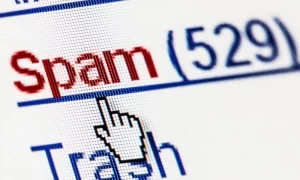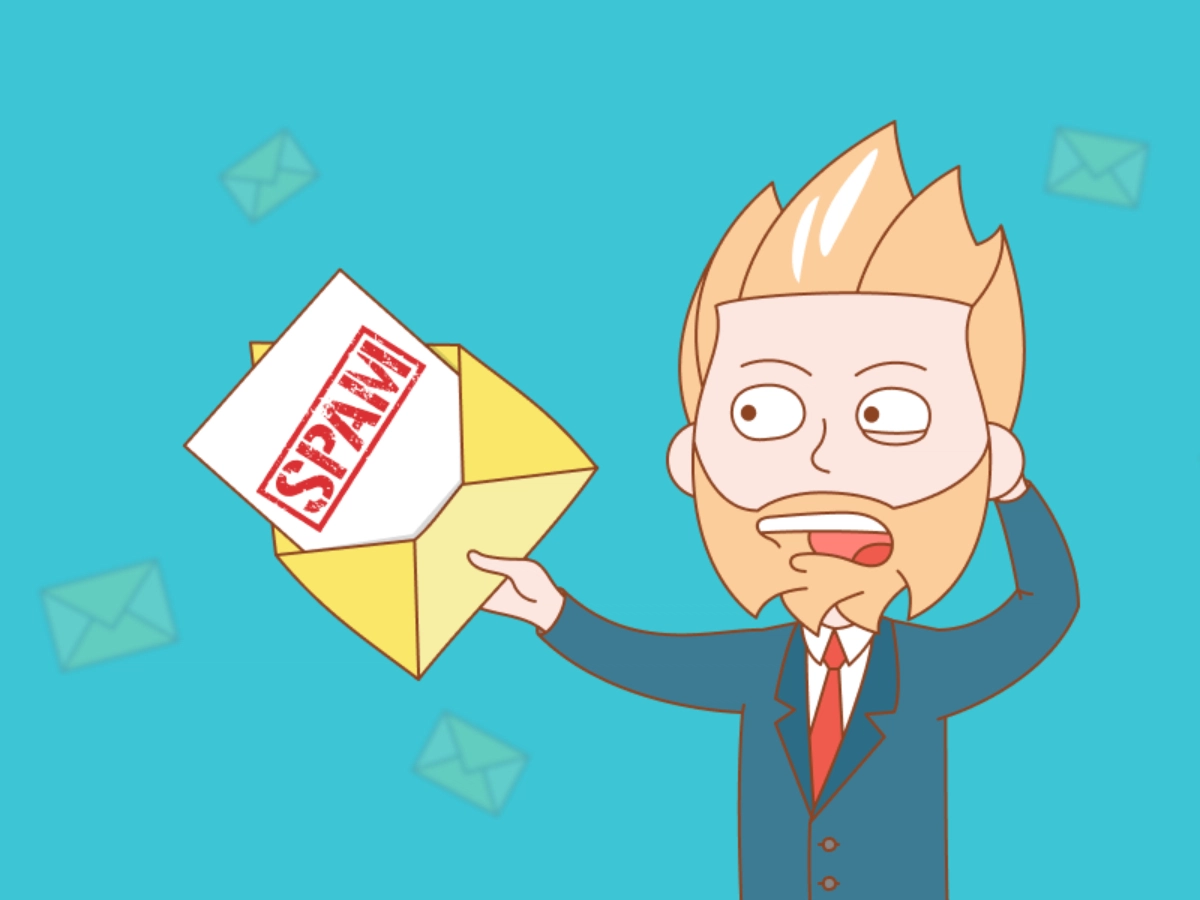Spam emails are an inevitable part of modern communication, and cycling professionals are not immune to the deluge of unwanted emails flooding their inboxes. The issue with spam emails goes beyond the annoyance factor, as they can also pose a security risk to individuals and organizations. As such, it’s crucial for cycling professionals to take proactive measures to control the influx of spam and protect themselves from potential harm. One effective way to combat spam emails is by learning how to control spam emails. By understanding various strategies, such as using email filters, marking emails as spam, and being cautious with sharing personal information, cycling professionals can significantly reduce the impact of spam on their communication channels. By implementing these tactics, they can regain control over their inboxes and ensure a safer and more efficient email experience.
This article provides a comprehensive guide to spamming email control tips for cycling professionals. It will begin by discussing the different types of spam emails and their potential impact on individuals and organizations. It will then delve into various strategies for managing spam emails, including setting up filters, unsubscribing from unwanted emails, using anti-spam software, and staying vigilant against suspicious emails.
By following these tips, cycling professionals can better protect themselves against the negative impacts of spam emails and keep their inboxes organized and productive.
Key Takeaways
- Understanding different types of spam emails is crucial in identifying them and taking appropriate action.
- Setting up filters and customizing email settings can streamline communication and increase efficiency in managing spam.
- Unsubscribing strategically from unwanted emails and regularly cleaning out the inbox helps to reduce spam clutter.
- Staying vigilant, promptly reporting suspicious emails, and staying up to date on the latest tips for spotting phishing scams and other suspicious emails is imperative for protecting oneself and the team from potential cyber threats.
Understanding the Types of Spam Emails
An important aspect of effectively controlling spam emails for cycling professionals is gaining an understanding of the various types of spam emails that may be encountered. Analyzing the content and identifying the sender of spam emails are crucial in identifying the different types of spam emails.

Some common types of spam emails include phishing scams, which may appear as legitimate emails from familiar sources, but ultimately aim to steal personal information. Other types of spam emails include those that promote fraudulent schemes or products, or those that contain viruses or malware.
By being aware of these different types of spam emails, cycling professionals can take the necessary steps to protect themselves and their networks from potential harm.
Setting up Filters to Automatically Sort Emails
Automatically sorting emails through the use of filters is a practical method for streamlining communication and increasing efficiency. Customized settings allow individuals to prioritize emails based on their level of importance, ensuring that urgent messages are addressed first. This is especially important for cycling professionals who receive a high volume of emails on a daily basis.
By setting up filters to automatically sort emails, professionals can eliminate the need to manually sift through irrelevant messages and focus on those that require immediate attention. This not only saves time but also ensures that important messages do not get lost in a sea of spam emails. Additionally, filters can be set up to categorize messages based on the sender, subject line, or content, allowing for even greater customization and organization.
Overall, utilizing filters to automatically sort emails is a simple yet effective way for cycling professionals to manage their inbox and improve their workflow.
Unsubscribing from Unwanted Emails
By freeing your inbox from unwanted messages through unsubscribing, you can declutter your digital life and make email management a breeze, much like cleaning out a closet.
Managing your inbox is essential for cycling professionals who need to stay on top of important messages. Unsubscribing from unwanted emails is a crucial part of email etiquette, as it reduces the volume of emails you receive, which, in turn, saves time and effort in managing them.
It’s important to note that unsubscribing should be done strategically. When you receive an email from a sender you don’t recognize or have no interest in, take a moment to consider if it’s worth unsubscribing from.
It’s also essential to check the sender’s reputation to avoid accidentally unsubscribing from a legitimate email. By following these email etiquette tips, you can make sure that your inbox contains only messages that matter to you, making email management less overwhelming and more efficient.
Using Anti-Spam Software and Services
Utilizing anti-spam software and services can aid in reducing the amount of unwanted messages that clutter your inbox, allowing for more efficient email management. Customizing settings to filter out certain keywords or senders can also be beneficial, as it helps to identify and separate spam from legitimate emails.
However, it is important to evaluate the effectiveness of the anti-spam software and services being used, as some may not be as effective in detecting and preventing spam as others. It is also important to keep in mind that no anti-spam software or service is perfect, and some spam messages may still slip through the cracks.
Therefore, it is important to regularly check and clean out your inbox, as well as report any persistent spam messages to your email provider. By utilizing anti-spam software and services, customizing settings, and evaluating their effectiveness, cycling professionals can better manage their emails and reduce the amount of spam cluttering their inbox.
Staying Vigilant and Reporting Suspicious Emails
Remaining vigilant and promptly reporting suspicious emails is imperative in protecting oneself against potential cyber attacks, as a single click on a malicious link or attachment could have catastrophic consequences.
As a cycling professional, it is crucial to stay up to date on the latest tips for spotting phishing scams and other suspicious emails. Look out for red flags such as misspellings, urgent messages, and requests for personal information.
Additionally, it is essential to report any suspicious emails to your IT department immediately. They can investigate the email and take necessary measures to protect the organization from potential cyber threats.
By staying vigilant and reporting suspicious emails promptly, you can help protect both yourself and your team from the harmful effects of spam and phishing scams.
Conclusion
The prevalence of spam emails is a common problem that cycling professionals face. It is essential to understand the different types of spam emails, including phishing scams and unsolicited advertisements.
Setting up filters and unsubscribing from unwanted emails can help to manage the influx of spam. Additionally, anti-spam software and services offer an effective solution to combat spam emails. However, it is crucial to stay vigilant and report suspicious emails to prevent potential fraud.
In conclusion, spam emails can be a significant hindrance to cycling professionals, as they can clog up inboxes and waste precious time. Employing various strategies such as filters, unsubscribing, and anti-spam software can significantly reduce the occurrence of spam emails. It is essential to stay alert and report any suspicious emails to prevent potential security breaches.
In the ever-evolving landscape of modern technology, it is critical to remain proactive in the fight against spam emails.
You May Also Like:



